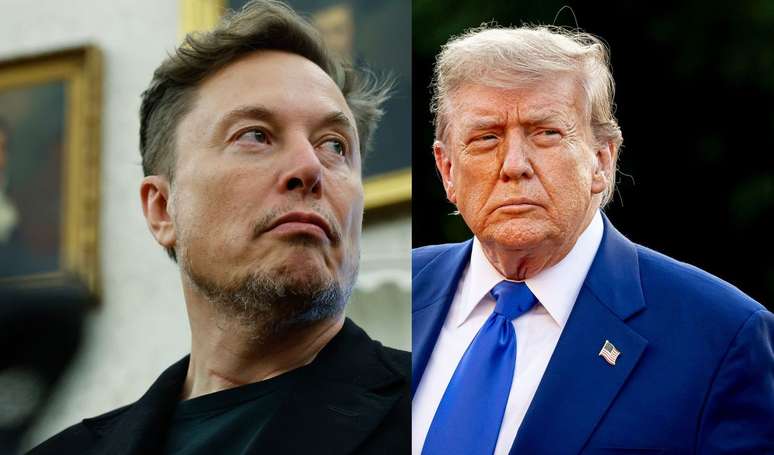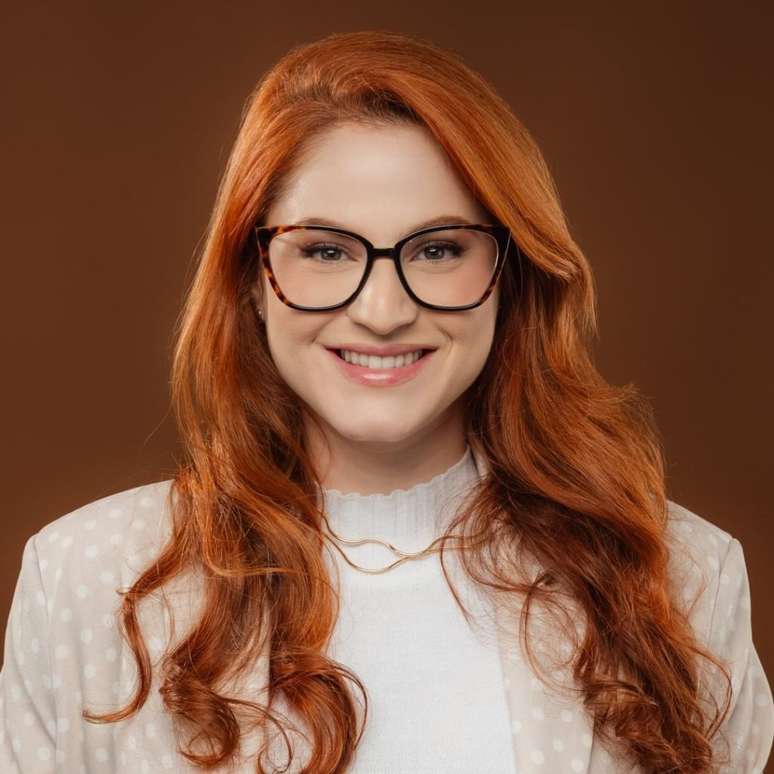__________________________________
Royal weddings and royal funerals are always attended by monarchs from most European countries. And this is not only “professional” solidarity, but also a kindred duty. For the past several centuries, marriages between members of royal dynasties have been not just a tribute to prejudice, but also a matter of security. It was believed that a brother is unlikely to go against a brother, and the more countries your close relatives lead, the more allies you have in a potential war. But there is another reason, much simpler and clearer. Kings, like any parents, wanted to arrange the life of their offspring. And the British Queen Victoria and her husband Prince Albert had nine children! Their marriages to European royalty and nobility strengthened dynastic ties and earned Victoria the nickname “Europe’s Grandmother”. But before becoming a grandmother, she had to be the main European matchmaker.

The eldest daughter of Queen Victoria was her namesake Princess Victoria, who made the most successful match for those times. In 1855, at the age of 14, she became engaged to Prince Friedrich of Prussia, who later became King of Prussia and Emperor of Germany. Their son Kaiser Wilhelm was the last German emperor, and their daughter Sophia married the Greek prince Constantine and later became Queen of Greece.
The great-grandfather of the current British Queen Elizabeth II, who turned 96 on April 21, Prince Albert Edward was the eldest son of Victoria. The heir to the throne gave her a lot of trouble because he did not want to marry. Bertie, as his relatives called him, had a reputation as a womanizer, and his irresponsibility in relation to the opposite sex drove his august parents to despair. They dreamed of putting an end to his adventures by marrying him. In 1858, the Queen and Prince Albert began looking for a suitable bride. They were assisted by Princess Victoria, who lived with her husband in Prussia. She made a list of brides for her brother. Fifth but most beautiful on the list was thirteen-year-old Princess Alexandra of Denmark. Victoria made inquiries about her and wrote to her mother:
Looking at the photo, I can tell that it is lovely, and in Bertie’s style.
Alexandra was considered a suitable match, and in 1861 a meeting of young people was organized by Princess Victoria at Speyer Cathedral. Bertie, despite his affair with a famous actress, in order to calm his mother and fulfill the will of his recently deceased father, asked for Alexandra’s hand at the next meeting. In a letter to her sister in September 1862, Lady Augusta Stanley, a servant to Queen Victoria, wrote:
Everything seems to be going well. He is desperately in love, and his mother is much more pleased with him …
On March 10, 1863, Albert-Edward married Alexandra. And three years later, Alexandra’s sister Dagmar married the future Russian Emperor Alexander II and became Maria Feodorovna. That is why the son of Alexandra, King George V of England, and the son of Dagmar, the Russian Emperor Nicholas II, were so strikingly similar.

Despite living in different countries, the sisters retained a touching affection. By the way, it was through the efforts of Alexandra that in April 1919 the British battleship Marlborough took Maria Feodorovna out of Bolshevik Russia. In addition, the brothers of Alexandra and Dagmar – Frederick and George – became the kings of Denmark and Greece, which made the British and Russian royal families related to the Danish and Greek. And the son of Frederick and his wife Louise of Sweden and Norway became King Haakon VII of Norway. During the Second World War, he left Nazi-occupied Norway for England, because his wife Maud was the daughter of Bertie and Alexandra, and the granddaughter of Queen Victoria. Their son Olaf V is the father of the current king of Norway, Harald V. And he, therefore, is the great-great-grandson of Queen Victoria.

Queen Victoria’s second daughter Alice married the Prince of Hesse. Their daughter – also Alice – became the wife of Tsarevich Nicholas and the last Russian Empress Alexandra Feodorovna. Her sister Elizabeth married uncle Nikolai Sergei Alexandrovich, and became Grand Duchess Elizabeth Feodorovna. Both of them died after the revolution. Another daughter of Alice, Victoria, married Louis Alexander Mountbatten, 1st Marquess of Milford Haven. Their grandson and great-great-grandson of Queen Victoria, Philip Mountbatten, became the husband of the current British Queen Elizabeth II – also a great-great-granddaughter of Queen Victoria.

It is impossible not to mention the youngest daughter of Victoria and Albert Beatrice. In fact, it was assumed that she would not marry, but would remain with her mother. But at the wedding of her sister Alice and the Prince of Hesse, she met Prince Heinrich Battenberg and fell in love with him. Queen Victoria agreed to this marriage on one condition: that they settle at her court. Subsequently, their daughter Victoria Eugenia married King Alfonso XIII of Spain. The current King Philip of Spain is her great-grandson, and great-great-great-grandson of Queen Victoria.

The son of Queen Victoria Arthur, the Duke of Connaught became the great-grandfather of two modern European monarchs at once – Queen Margrethe of Denmark and King Carl XVI Gustaf of Sweden. The fact is that Arthur’s daughter Margarita of Connaught married the heir to the Swedish throne, Gustav VI Adolf, and subsequently became Queen of Sweden. And her daughter Ingrid agreed to become the wife of the heir to the Danish throne, later King Frederick IX of Denmark. So Margrethe and Carl XVI Gustav are cousins. And great-great-grandchildren of Queen Victoria.

Source: Hellomagazine
Benjamin Smith is a fashion journalist and author at Gossipify, known for his coverage of the latest fashion trends and industry insights. He writes about clothing, shoes, accessories, and runway shows, providing in-depth analysis and unique perspectives. He’s respected for his ability to spot emerging designers and trends, and for providing practical fashion advice to readers.









